Unveiling the Truth Behind Dune’s Arrakis: A Scientific Perspective
18th Feb 2024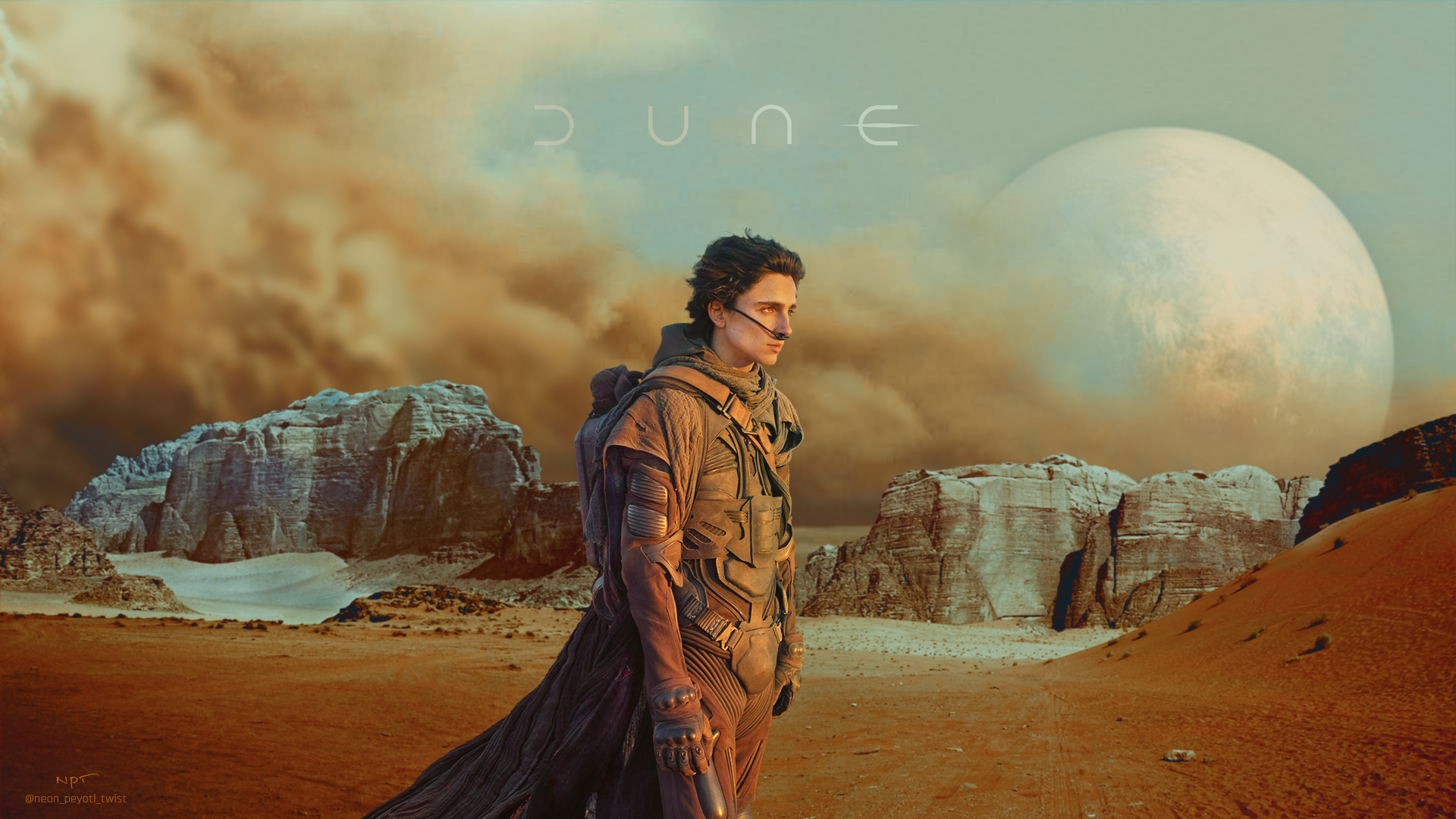
Ahead of the Dune Part 2 long-awaiting movie premiere on 1st March, we decided to dive deeper into sci-fi future words and figure out why desert planets, like Arrakis, are usually chosen for the interplanetary adventure setting.
If you think about it, Mars, a legendary Tatooine from the Star Wars saga, planet Madrigal from the Halo game series, Solaris from the same-name Stanisław Lem novel, and, of course, Arrakis, the key planet from the Dune epic novel, have many similarities in terms of visual and feature conditions.
We’re not aiming to name all the desert-like red planets from dictionary novels and films. Instead, let’s try to explore the nature, origin, and plausibility of such planets from a scientific point of view.
Was Dune’s Arrakis inspired by Mars?
At first sight, you might think Arrakis is similar to Mars – it also has no liquid water available, no seas or oceans on the surface, and its sandy dunes and sandstorms are tricky and dangerous. It’s usually portrayed as a red planet. So, it would be logical to assume, that in 1965, American author Frank Herbert chose Mars as a ‘prototype’ or inspiration for Arrakis.
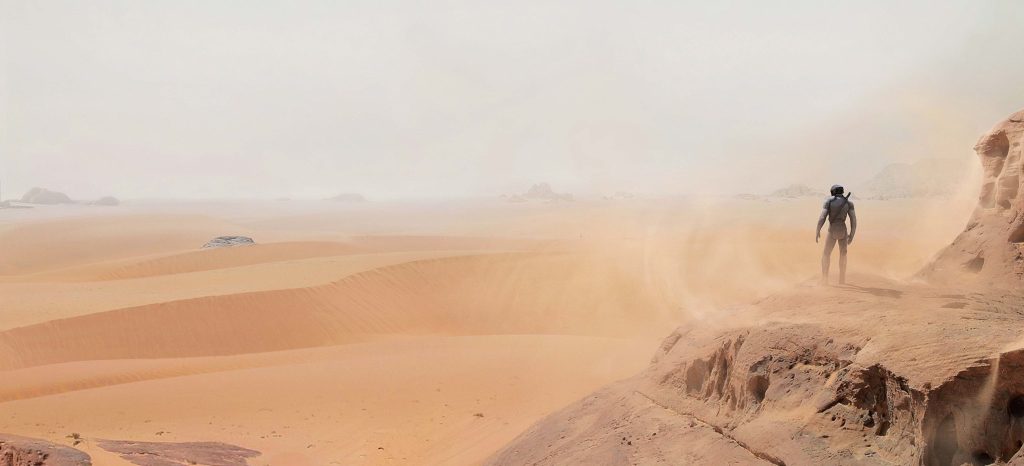
But, actually, it’s not true.
For decades Mars was considered as the key destination and starting point for humanity on its way to colonising the Solar System. Being relatively close to Earth, with acceptable climate and weather conditions it served as an inspiration for many fictional stories. Legendary ‘Expanse’ and ‘For all mankind’ series see Mars as the first colonised planet before we move forward to the asteroid belt and beyond.
Still, Frank Herbert’s Arrakis was inspired by Earth. After publishing his novel “The Dragon in the Sea” in 1957, Herbert journeyed to Florence, Oregon, situated at the northern tip of the Oregon Dunes. There, the United States Department of Agriculture was experimenting with poverty grasses to stabilise the shifting sands. In a letter to his literary agent, Lurton Blassingame, Herbert asserted that the dynamic dunes can “swallow whole cities, lakes, rivers, highways.” His article on the dunes, titled “They Stopped the Moving Sands,” remained unfinished and was only published decades later in “The Road to Dune.” Its research ignited Herbert’s fascination with ecology and desert landscapes.
So, it is believed that the dunes of Oregon were the inspiration for Dune’s planet Arrakis in the future.
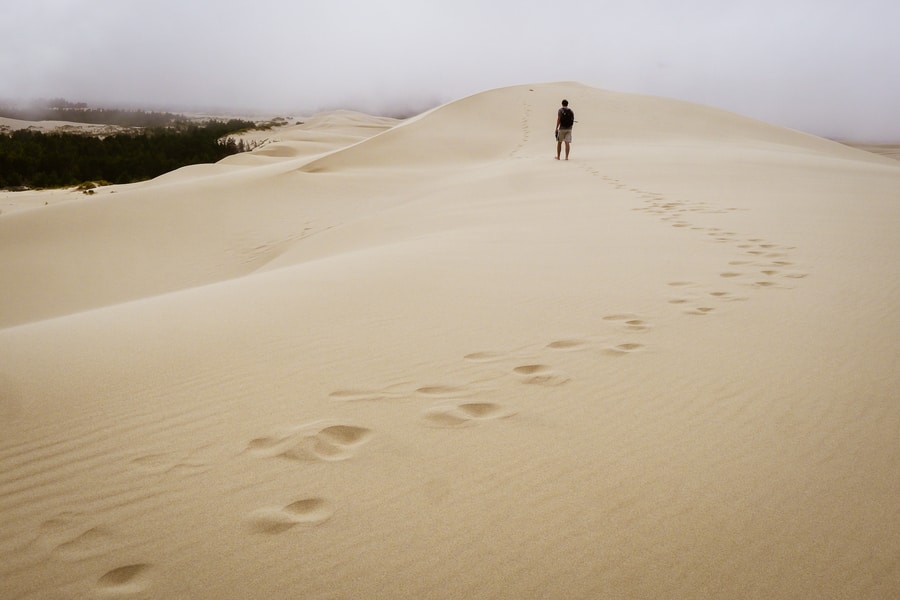
Is Dune’s desert planet of Arrakis scientifically plausible?
Frank Herbert’s Arrakis planet is fiction, at least, we haven’t discovered a planet with precious drug melange aka “the spice” and giant sandworms. However, British scientists decided to explore – if such a world did exist, what would it be like? In the book, Dune (another name for Arrakis) is a desert planet. With no rain, its climate is so brutally hot that people must wear sophisticated suits and wasting a drop of liquid is a crime against humanity. Therefore, their modified suits cool the body and recycle its moisture. Sounds familiar to the technologies on ISS, right?
A team of researchers with specific expertise in climate modelling created a simulation of the Arrakis climate. While the full research you might find in an article at The Conversation, let’s sum up the key takeaways and methodology of it.
Dune climate model: scientific approach
Researchers utilised a climate model designed for Earth’s conditions to simulate Arrakis’s climate. Based on Herbert’s books and physical laws, they input data encompassing the planet’s topography, orbit, and atmospheric composition. Then the researchers ran simulations. The resulting climate scenarios contradicted some aspects described in the books and films. For instance, while the equatorial regions were expected to be the hottest, the model revealed extreme temperatures in mid-latitudes and polar regions.
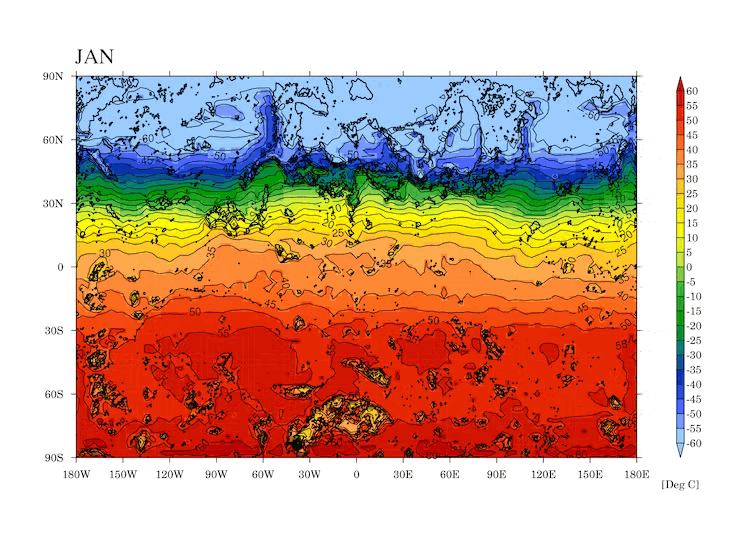
Contrary to the book’s portrayal of a desert planet with unforgiving conditions throughout, the model suggested a more complex climate pattern. It depicted warmer temperatures in the tropics, reaching around 45°C in the warmest months, but not dropping below 15°C in the coldest months. Extreme temperatures, as high as 70°C in summer and as low as -40°C in winter, were projected for mid-latitudes and polar regions.
You can zoom in on particular features and highlight things like temperature or wind speed at the Climate Archive website.
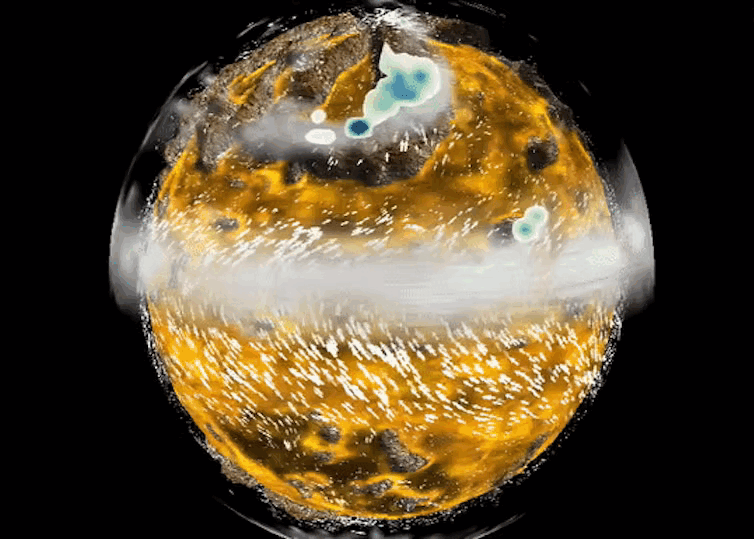
Does it ever rain on Arrakis?
While the books claimed no rainfall on Arrakis, the model hinted at minimal precipitation occurring in higher latitudes during summer and autumn, primarily on mountains and plateaus. Additionally, the presence of clouds varied seasonally, with some appearing in the tropics and polar latitudes.
Could there be polar ice caps on Arrakis?
Another significant deviation from the books was the model’s scepticism regarding the existence of polar ice caps on Arrakis. It suggested that summer temperatures would melt any ice, with no snowfall to replenish the caps in winter, challenging the narrative presented in the novels.
Could humans live on Arrakis?
‘However, what we found was worth the wait,’ the trio of researchers said, which is that the climate of Arrakis, as described by Herbert is ‘basically plausible.’
Still, living on such an ‘aggressive’ planet appears challenging.

Contrary to the books and films, the tropics would likely be the most habitable area due to low humidity, while the mid-latitudes, where most inhabitants reside, pose significant dangers due to extreme heat, with monthly average temperatures frequently surpassing deadly levels.
Additionally, outside the tropics, winter temperatures would be uninhabitable without the technology of stillsuits. Cities like Arrakeen and Carthag, depicted in the novel, would experience both heat and cold stress, resembling extreme climates on Earth.
So, why are desert-like planets so common in science fiction?
While we can’t say for all of the stories and authors’ backgrounds, we can clearly say it’s because of the… drama. For decades people have been dreaming about what life on Mars could be. The specific surface, sandy and dusty winds on a red planet, with harsh conditions and no ability to breathe freely trigger the ‘golden standard’ of storytelling – extraordinary people in extreme environments or situations. That’s what we imagine and want to read about. Struggle, survival, fight for resources, rituals, religion, steam-punk suits – you mix all of the best things together to get a perfect cocktail of reading.
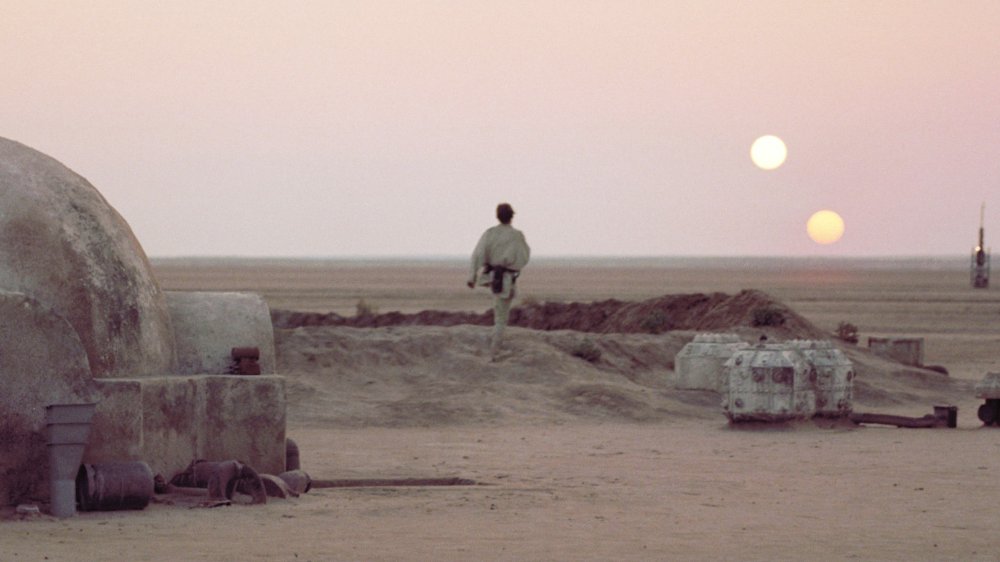
Do Dune-like planets really exist?
Definitely yes. And they are more common than you might think.
These hot and cruel distant worlds, like Arrakis or Tatooine, are not so far from reality. A study conducted in 2013 found that desert planets, like Dune, may be far more common as habitable planets than watery worlds like Earth.
Contrary to conventional thought, scorching-hot Venus might have been habitable as a desert world about 1 billion years ago. While the search for life often focuses on planets abundant in liquid water, researchers suggest exploring “land planets” devoid of oceans but possibly featuring scattered oases. The study also predicts Earth will become a desert planet within a billion years due to the Sun’s increasing luminosity.
As of today, Kepler and James Webb telescopes detected 5,573 exoplanets in 4,146 planetary systems. Some might look like Arrakis or Mars and have traces of life. But there’s no evidence yet that we might find ‘magical’ spice or extraordinary creatures there, but who knows?
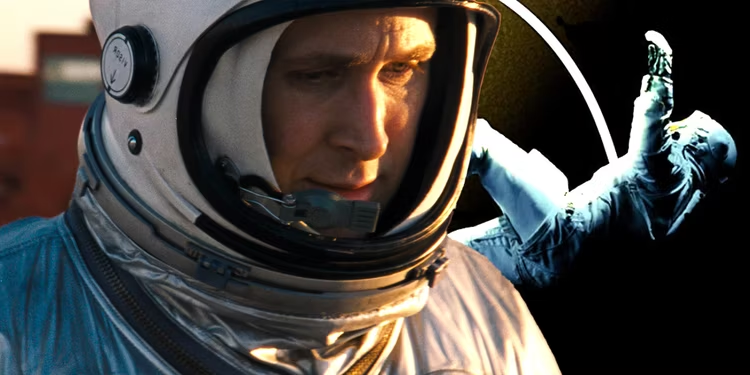



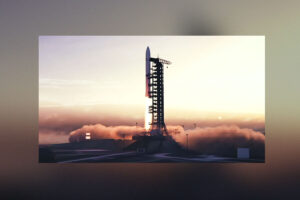

Thank you for your comment! It will be visible on the site after moderation.